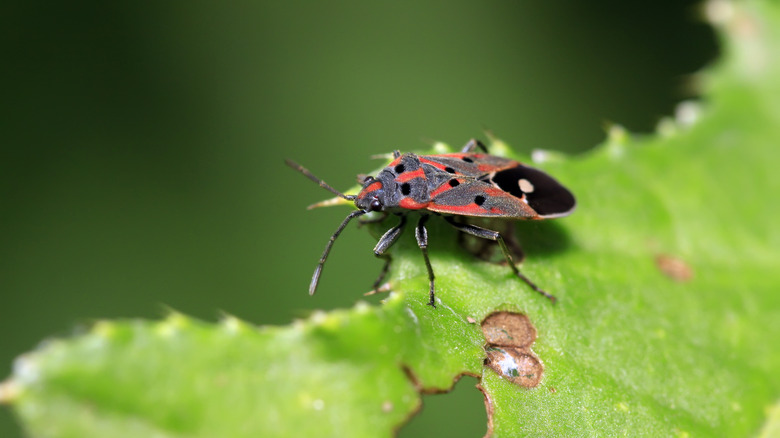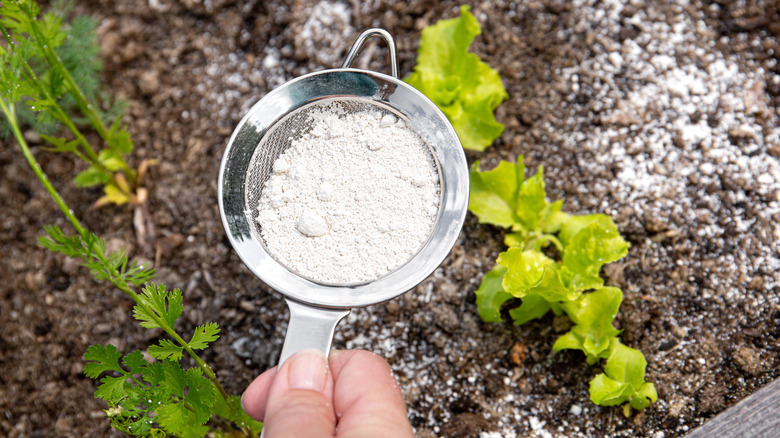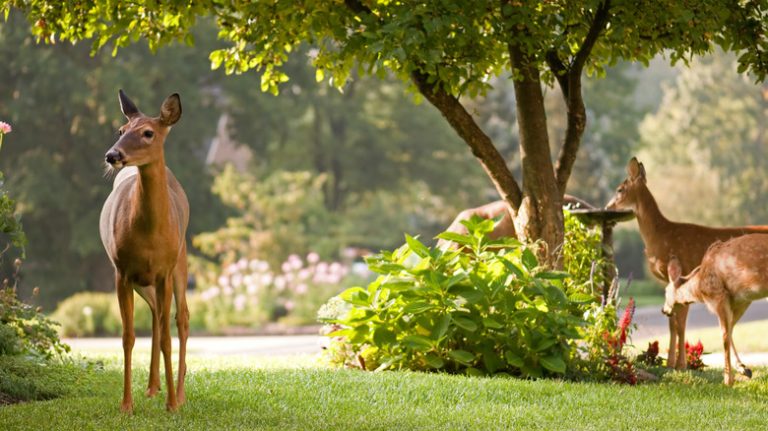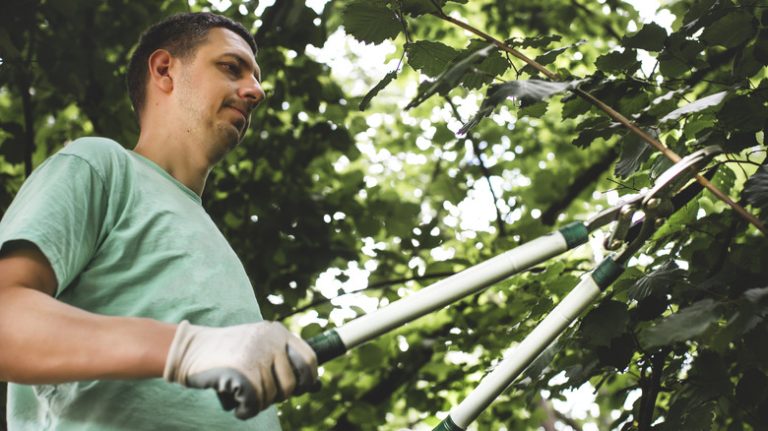Battling chinch bugs in your lawn? Diatomaceous earth is an eco-friendly solution. This natural remedy, derived from the fossilized remains of diatoms, acts as an effective insecticide against these pesky lawn invaders. When chinch bugs crawl through diatomaceous earth, the sharp edges of the microscopic particles cut through their exoskeletons. This contact results in dehydration, ultimately leading to their demise within a few days.
It’s crucial to comprehend the danger that chinch bugs pose. These tiny insects, notorious for feeding on grass, can quickly transform a lush, green lawn into a patchy, brown eyesore. They suck out the vital juices from grass blades, causing the grass to turn yellow and eventually die. If left unchecked, chinch bugs can rapidly multiply, leading to widespread lawn damage. Therefore, timely and effective treatment with diatomaceous earth is essential to preserving the health and appearance of your lawn.
In addition to its pest control properties, diatomaceous earth also offers secondary benefits. It can improve soil aeration and drainage, promoting healthier grass growth. This dual action — pest control and soil enhancement — makes it a versatile tool in lawn care. However, it’s important to use diatomaceous earth cautiously because its non-selective nature means it doesn’t discriminate between pests. While it is effective against chinch bugs, it can also affect other beneficial insects that come into contact with it. Therefore, correct identification of chinch bugs and targeted application are crucial to minimize unintended harm to other insects in your garden.
Identifying chinch bugs

Spotting chinch bugs in your lawn is an important first step in managing an infestation. Adult chinch bugs are distinctive in appearance. Their bodies are black and their wings are white, folding over their backs, creating a noticeable “X” pattern that is particularly visible when they are at rest. On the other hand, nymphs, or immature chinch bugs, display different coloration. They are typically reddish-orange with a white band across their backs. As they mature, they gradually darken, eventually resembling the black and white coloring of the adults. Chinch bugs thrive in hot, dry conditions and are often found in the sunniest parts of the lawn. They prefer areas where the grass is thick and thatch is abundant. This preference for certain conditions can help in locating them. Typically, an infestation begins in a small, localized area and spreads outward as the population grows. This pattern of damage can be a telltale sign of their presence.
One of the most effective ways to confirm a chinch bug infestation is to look for damaged areas of the lawn. As mentioned earlier, these are usually characterized by patches of grass that first turn yellow before transitioning to brown. This change can be abrupt, indicating a high concentration of chinch bugs in that area. It’s also important to know that these bugs can lay multiple eggs in a year, especially in warmer and drought-like climates. Knowing their breeding and active periods can help you time your interventions for maximum effectiveness.
Using diatomaceous earth effectively

When using diatomaceous earth to get rid of cinch bugs, even coverage is crucial. You should lightly dust the powder over the affected areas of your lawn, ensuring that it covers the spots where chinch bugs are most active. The best times for application are in the early morning or late evening, as the dew helps the powder stick to the grass. It’s also important to note that weather conditions can influence diatomaceous earth’s effectiveness. Calm weather is ideal, as wind can scatter the dust and reduce its impact on the targeted area. Rain can also wash the powder away, necessitating reapplication. Regularly monitor and reapply as needed. Safety during application is also a priority. Wearing a dust mask and goggles is advisable to avoid inhaling the fine powder or getting it in your eyes. While diatomaceous earth is non-toxic, it can be irritating.
To check the effectiveness of your treatment, a simple test can be performed. Take a coffee can with both ends removed, press it into the ground in an affected area, and fill it with water. Chinch bugs, if present, will float to the surface. This test helps determine if the diatomaceous earth is working and if additional applications are necessary. Lastly, be sure to choose garden or food-grade diatomaceous earth. This type is safer and more suitable for use in gardens and around homes, which is great for those with pets or small children.



